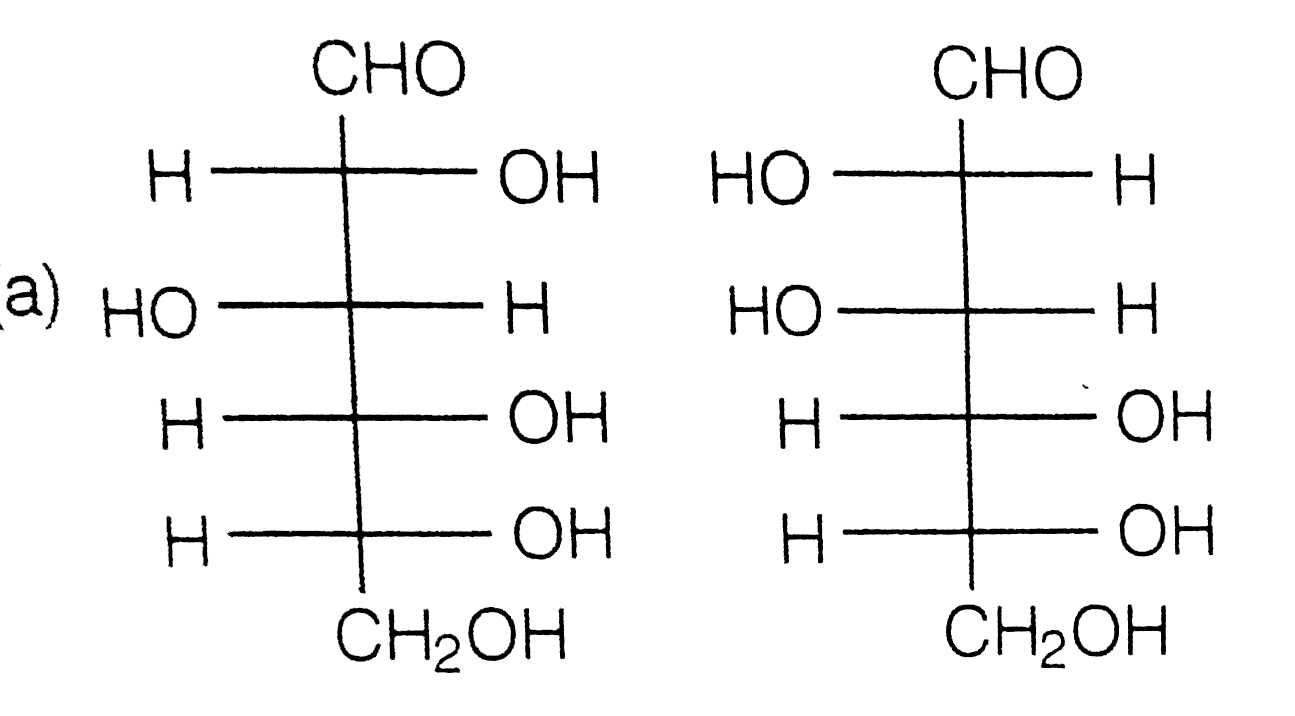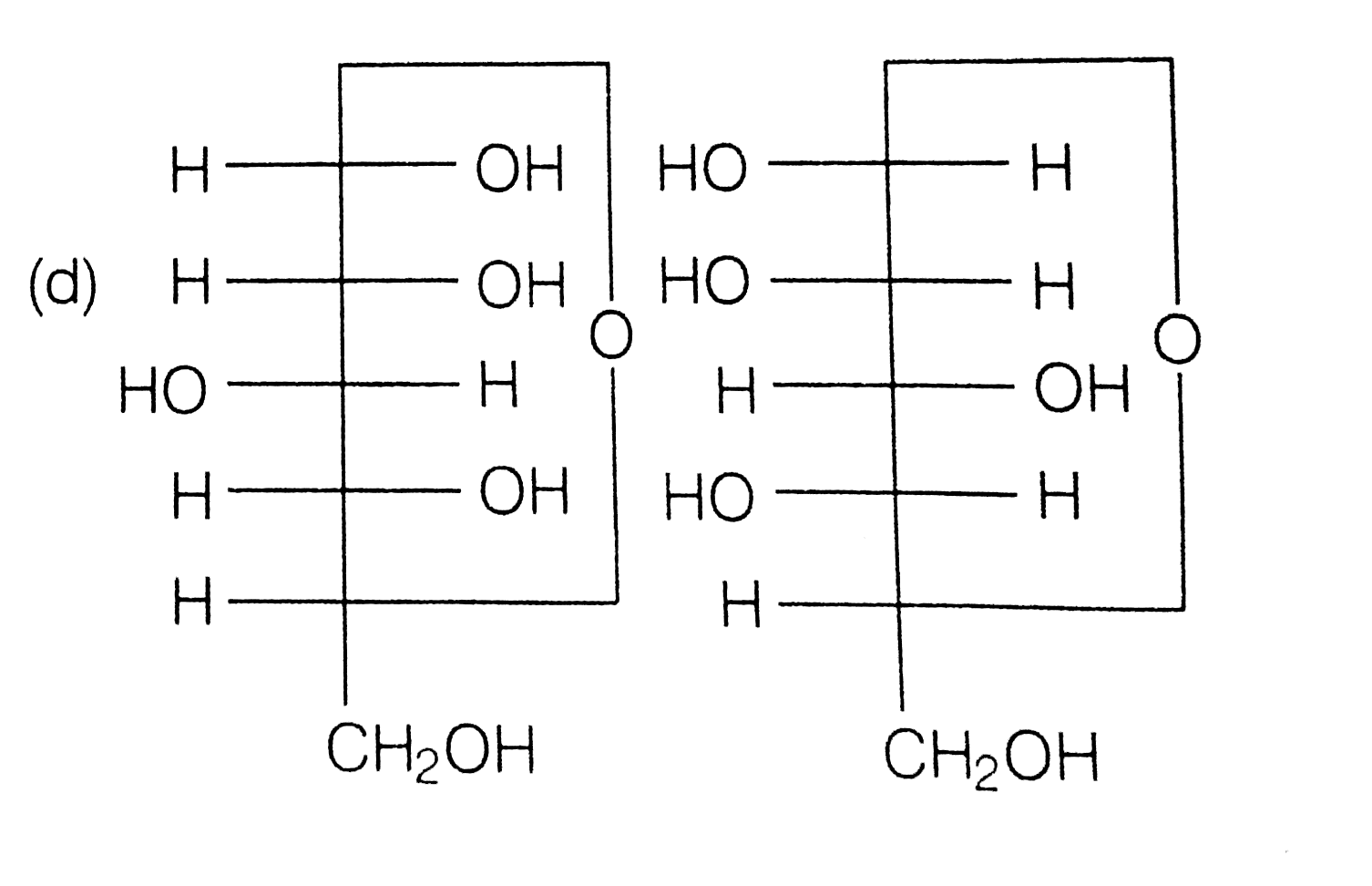Which of the following pairs represents constitutional isomers?
2-methylbutane and pentane
Propyl chloride and isopropyl chloride
2-chlorohexane and 3 - chlorohexane
All of the above
The correct Answer is:D
To determine which pairs represent constitutional isomers, we need to understand what constitutional isomers are. Constitutional isomers are compounds that have the same molecular formula but differ in the connectivity of their atoms. This means that while the number of each type of atom is the same, the way these atoms are bonded together is different.
1. Identify the pairs given in the question:
- The pairs mentioned are 2-Methylbutane and Pentane, Propyl chloride and Isopropyl chloride, and 2-chlorohexane and 3-chlorohexane.
2. Analyze the first pair: 2-Methylbutane and Pentane:
- Molecular Formula: Both have the formula C5H12.
- Structure:
- 2-Methylbutane: CH3-CH(CH3)-CH2-CH3
- Pentane: CH3-CH2-CH2-CH2-CH3
- Conclusion: They have the same molecular formula but different structures. Therefore, they are constitutional isomers.
3. Analyze the second pair: Propyl chloride and Isopropyl chloride:
- Molecular Formula: Both have the formula C3H7Cl.
- Structure:
- Propyl chloride: CH3-CH2-CH2-Cl
- Isopropyl chloride: CH3-CHCl-CH3
- Conclusion: They have the same molecular formula but different structures. Therefore, they are constitutional isomers.
4. Analyze the third pair: 2-chlorohexane and 3-chlorohexane:
- Molecular Formula: Both have the formula C6H13Cl.
- Structure:
- 2-chlorohexane: CH3-CH(Cl)-CH2-CH2-CH2-CH3
- 3-chlorohexane: CH3-CH2-CH(Cl)-CH2-CH2-CH3
- Conclusion: They have the same molecular formula but different structures. Therefore, they are constitutional isomers.
5. Final Conclusion:
- All pairs mentioned (2-Methylbutane and Pentane, Propyl chloride and Isopropyl chloride, 2-chlorohexane and 3-chlorohexane) are constitutional isomers. Therefore, the correct answer is Option 4: All of the above.
- The pairs mentioned are 2-Methylbutane and Pentane, Propyl chloride and Isopropyl chloride, and 2-chlorohexane and 3-chlorohexane.
- Molecular Formula: Both have the formula C5H12.
- Structure:
- 2-Methylbutane: CH3-CH(CH3)-CH2-CH3
- Pentane: CH3-CH2-CH2-CH2-CH3
- Conclusion: They have the same molecular formula but different structures. Therefore, they are constitutional isomers.
- Molecular Formula: Both have the formula C3H7Cl.
- Structure:
- Propyl chloride: CH3-CH2-CH2-Cl
- Isopropyl chloride: CH3-CHCl-CH3
- Conclusion: They have the same molecular formula but different structures. Therefore, they are constitutional isomers.
- Molecular Formula: Both have the formula C6H13Cl.
- Structure:
- 2-chlorohexane: CH3-CH(Cl)-CH2-CH2-CH2-CH3
- 3-chlorohexane: CH3-CH2-CH(Cl)-CH2-CH2-CH3
- Conclusion: They have the same molecular formula but different structures. Therefore, they are constitutional isomers.
- All pairs mentioned (2-Methylbutane and Pentane, Propyl chloride and Isopropyl chloride, 2-chlorohexane and 3-chlorohexane) are constitutional isomers. Therefore, the correct answer is Option 4: All of the above.
Topper's Solved these Questions
Similar Questions
Knowledge Check
Which of the following pairs represents anmors?
A B
B C
C D
D
Which of the following pairs represents anomers?
A B
B C
C D
D
Which of the following pairs represents isobars?
A.19K40 and .11Na23B.2He3 and .2He4C.12Mg24 and .12Mg25D.19K40 and .20Ca40
Which of the following pairs represents anomers ?
View SolutionWhich of the following pairs represents anomers ?
View SolutionWhich of the following pairs represents linkage isomers ?
View SolutionWhich of the following pairs represents linkage isomers?
View SolutionWhich of the following pairs represents linkage isomers ?
View Solution
